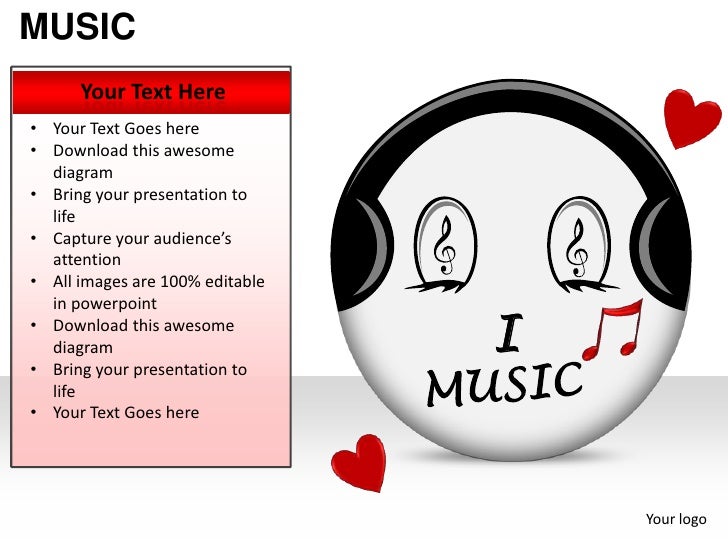
All video and audio content should be captioned for students with hearing impairments.Alt text should describe the visual or table in detail so that students with visual impairments can “read” the images with their screen readers. All visuals and tables should include alt text.Since screen readers read what is on the page, you may want to consider creating a hyperlink using a descriptive title instead of displaying the URL. Use unique and specific slide titles so students can access the material they need.If you want to alter the layout of a theme, use the Slide Master this will ensure your slides will retain accessibility. Built-in slide template layouts were designed to be accessible: “the reading order is the same for people with vision and for people who use assistive technology such as screen readers” (University of Washington, n.d.).

Student accessibility-students with visual or hearing impairments may not be able to fully access a PowerPoint presentation, especially those with graphics, images, and sound.PART I: Designing the PowerPoint Presentation Accessibility


This section is organized in three major segments: Part I will help faculty identify and use basic but important design elements, Part II will cover ways to enhance teaching and learning with PowerPoint, and Part III will list ways to engage students with PowerPoint.


 0 kommentar(er)
0 kommentar(er)
